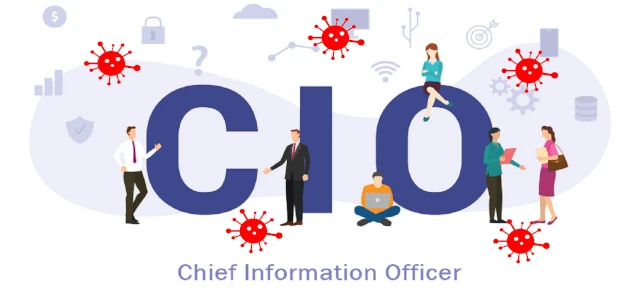
With coronavirus threatening the ‘normal’ operations of both our work lives and our personal lives, we need to prepare systems to be able to continue as close to normal as possible.
CIOs should prepare IT systems now to safely and reliably handle a vast increase in remote workers and digital fulfilment of market demand.
When looking at the workplace, it is CIOs who need to be acting fast to prepare their IT systems to handle the likely increase of remote workers. There needs to be an emphasis on reliability and safety for systems and workforce.
It is a great unknown at this stage as to how much of an impact the virus will have on the health system, the economy and on the community but we do know that it is going to have a significant impact on all three, with many businesses and communities already feeling it. Businesses that are able to adapt and see the value of digital channels, products and operations, will likely be able to alleviate some of the impact that this disruption will play on day-to-day operations.
A proactive step needs to be taken – if there’s anything we’ve learned from countries that have suffered the worst, is to act fast. The sooner organisations can get their digital resources and technologies in place to both protect their workforce as well as service customers in any environment, the better they will see through the duration of the pandemic.
When looking at the workplace, it is CIOs who need to be acting fast to prepare their IT systems to handle the likely increase of remote workers. There needs to be an emphasis on reliability and safety for systems and workforce.
So what are some steps that CIOs can take to mitigate the impact on their businesses.
Workplace + Team Planning
- Remote WorkforceIf you haven’t already, identify who in your workplace would be able to do their jobs remotely and what systems they would need in order to do their job unhindered. From email to messaging, to customer-communications and documentation. The idea is to be able to set everyone up as if they were sitting at their desk in the office.
- Make security a priority.When you’ve got people out of the ‘secure’ office, you open yourself up to a variety of security risks. A review of the existing security infrastructure will be required. Consider the hardware employees will use whether company-issued or personal devices, and the networks they’ll be on.
- Review company policies.This is likely a step that few companies will take and yet, is vital, particularly if a remote working environment has not been the norm for a business. Policies will need to be updated to reflect the remote working expectations around who can do it, how often and for how long. Additionally IT will need to manage system access and training around data protection and use as well as how to safely exchange information electronically.
- Provide the right tools.CIOs will need to quickly recognise and asses a company’s needs for remote collaboration. Whether its videoconferencing, messaging, CRMs, document sharing technologies in order to enable remote work.
- Prepare to adapt quickly. Your product and service, as you know it, may no longer be viable in the new climate. Your systems and teams need to be prepared to make rapid change in order to be able to still provide your product and service despite any community or government restrictions put in play. This will require a new train of thought and potentially a whole new system or system tweaks to accommodate these changes.
Customer Demand + Protection
You may be a business that surges in this environment, or perhaps experience a lull. In any case, your systems need to be prepared for over use or be adapted quickly to new services.
- Prepare for increased customer engagement. Like everyone right now, customers are going to have questions, they’re either going to want to make large orders or excessive cancellation requests. As a company, you need to prepared for all customer engagements. Prepare content to best address these questions and concerns and have available for self-service web, email, IVR systems, chatbots, smartphone apps, etc. to handle the most common questions or purchases, freeing customer service reps to handle more complex issues.
- Keep it personal, remotely.It will be more important than ever for people to have a human experience. Even in isolation / quarantine / lockdown – whatever we are in. To provide some sort of ‘face-to-face’ time may be just what our customers need. There are plenty examples of businesses and groups in our communities executing online ‘human’ experiences. If this is something you want to be able to create for your customers, your IT systems will play a critical role in providing reliability and security in this not so secure world.
- Think outside the square. Have you looked at your tools, resources and people to see what else you could be doing to either increase customer satisfaction or even help the fight against COVID-a9? There have been stories of gin factories halting the production of gin and creating hand sanitiser instead. Being agile in this fast-changing environment will help ensure continuity amongst uncertainty but also help the community. Make sure your IT systems can keep up with the change and have a team that is ready to be agile with the systems.
There is no doubt that we are in uncertain times. With no clear time frames and therefore no clear indication of the overall economic and personal impact this pandemic is going to have, you can never be sure if you are actually as prepared as you need to be. But as the adage goes – fail to prepare, prepare to fail. Being proactive has only seen positive results, so take that into consideration as you walk through these murky times with your team.
